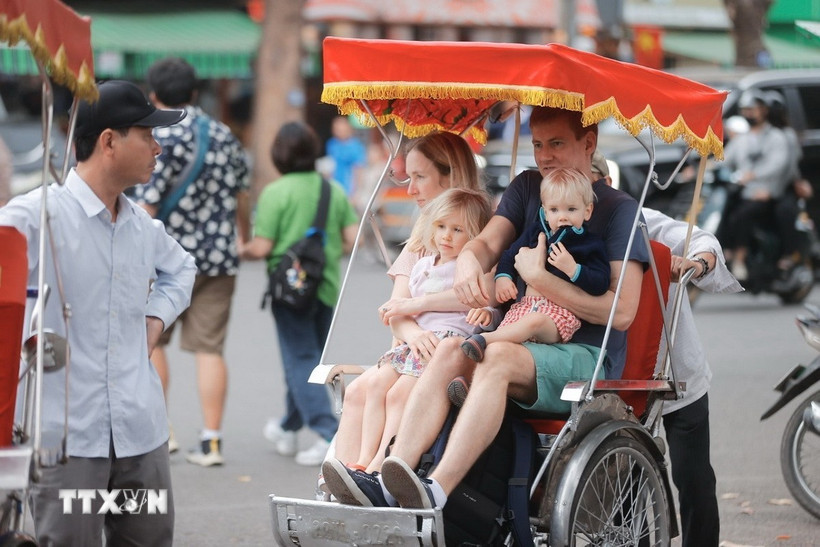
International tourists tour Hanoi by cyclo. (Photo: Minh Quyet/VNA)
Tourism is one of the important economic sectors, contributing to promoting socio-economic development and promoting the image of Vietnam to the world.
After many ups and downs, especially the period heavily affected by the COVID-19 pandemic, Vietnam's tourism industry is gradually recovering, regaining growth momentum and increasingly affirming its position as an attractive destination on the global tourism map.
Overcoming the pandemic, reaching international level
Since its establishment on July 9, 1960, Vietnam's tourism industry has grown steadily, gradually affirming its role as a comprehensive economic sector with interdisciplinary and inter-regional characteristics, with great influence and increasingly important contributions to the socio-economic development of the country.
Over the past six decades, the tourism industry has transformed dramatically from a field serving political and diplomatic goals in its early years to a modern, internationally competitive industry, gradually building the brand "Vietnam - a safe, friendly and attractive destination".
In recent years, Vietnam tourism has continuously achieved success and has been rated by international press as a top destination in Southeast Asia and Asia. Many world-famous magazines such as Travel + Leisure, Condé Nast Traveler, National Geographic... have voted Vietnam as one of the must-see destinations with its diverse landscapes, traditional culture and unique cuisine.
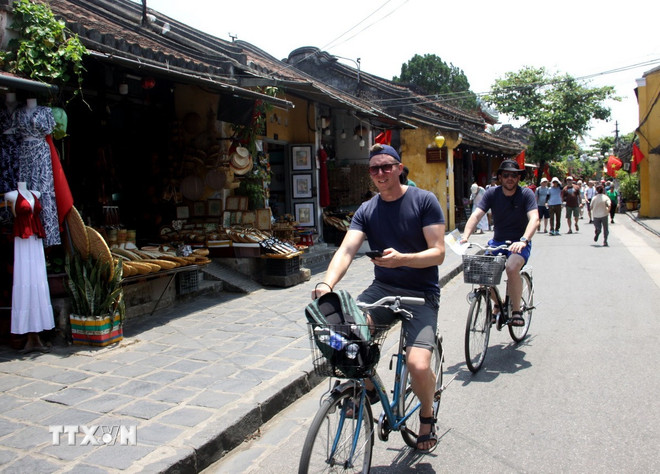
International visitors visit and experience the ancient streets of Hoi An city (Quang Nam). (Photo: Trinh Bang Nhiem/VNA)
Cities such as Hanoi, Hoi An, Da Nang, Ha Long, Ho Chi Minh City... are all on the list of top destinations in Asia voted by major travel platforms TripAdvisor.
Not only does Vietnam have natural beauty, it also stands out thanks to its modern tourism infrastructure and increasingly improved service quality, meeting the diverse needs of domestic and international tourists.
Vietnam is also one of the pioneering countries in the region in developing green tourism and sustainable tourism. The World Tourism Organization (UNWTO) has repeatedly recognized Vietnam's efforts in protecting the environment, preserving heritage and developing community-based tourism.
With appropriate visa policies, creative promotional campaigns and a spirit of innovation across the industry, the number of international visitors to Vietnam has grown strongly after the pandemic.
Vietnamese resorts, hotels and tourism businesses are continuously honored at the prestigious international World Travel Awards, affirming the new position of Vietnamese tourism in the international arena.
Notably, promoting Vietnamese tourism at major events such as the ITB Berlin Tourism Fair (Germany), the Cannes Film Festival (France) or promotional activities in Europe and Asia have contributed to strengthening the presence of Vietnamese tourism brands in key markets.
These impressive achievements not only reflect the spirit of innovation and efforts to overcome difficulties of the tourism industry, but also open up great opportunities for sustainable development and product diversification, thereby making Vietnam a friendly, professional and attractive destination in the eyes of international friends.
Summarizing the 65-year journey of building and developing Vietnam's tourism industry, Minister of Culture, Sports and Tourism Nguyen Van Hung said that regardless of the circumstances, Vietnam's tourism industry has always strived to overcome all difficulties and challenges, successfully completing assigned tasks: From the task of serving tourist groups and developing the economy during the period of building socialism in the North when the country was still divided to promoting the image of the Vietnamese people who love peace, want to be friends with countries around the world after the country was completely unified and promote strong international integration when the country innovates, making tourism an important driving force in socio-economic development.
The number of international visitors to Vietnam has increased 72 times, from 250,000 in 1990 to 18 million in 2019. Tourism contributes 9.2% to the economy's gross domestic product (GDP).
Facing the unprecedented challenges of the COVID-19 pandemic, the Vietnamese tourism industry has made great efforts to adapt flexibly and innovate; not only has it rebuilt its operations, recovered faster than all sectors, and successfully completed domestic targets, but it has also successfully exploited and promoted many important mechanisms and policies to create a pillar area for sustainable and comprehensive development of tourism in the new era.
Not only contributing from the perspective of an economic sector, tourism is also a bridge of friendship promoting people-to-people and cultural exchanges. Through tourism, the unique cultural values of the Vietnamese people are widely promoted to international friends, contributing to enhancing Vietnam's "soft" power in the world.
Vietnam tourism has truly reached new heights with the recognition of the international community not only with many prestigious awards, but also with comprehensive prestige.
Minister Nguyen Van Hung affirmed that the achievements of the tourism industry are thanks to the strong and close direction of the Party, State, National Assembly, Government and Prime Minister.
Along with that are the tireless contributions of many generations of officials and workers in the tourism industry; the close coordination of departments, ministries and branches; the dynamism of the business community and localities; the active participation of news agencies and the press; and the support and positive response of people and domestic and international tourists.
Take advantage of the opportunity to assert your position
In 2025, the Vietnamese tourism industry celebrates its 65th anniversary in a special context, with many localities merging administrative boundaries and implementing a two-level local government model.
This not only expands the area and restructures the administrative apparatus, but also opens up opportunities to link resources, supplement products, and increase the attractiveness and competitiveness of destinations.
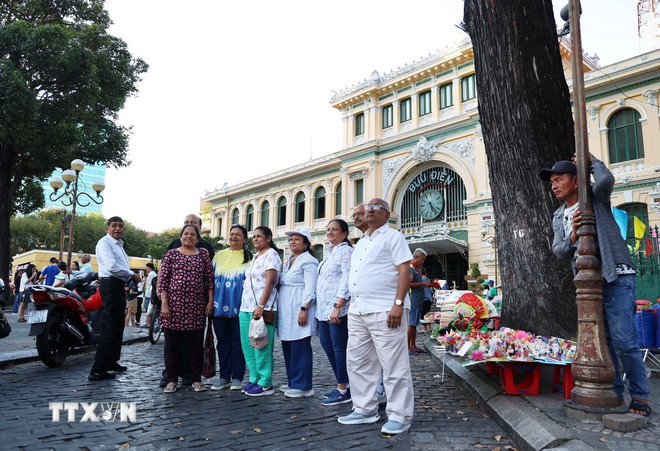
Indian tourists visit Ho Chi Minh City Central Post Office. (Photo: Hong Dat/VNA)
At the Government meeting with localities - the first time taking place under the 2-level local government model - Prime Minister Pham Minh Chinh assessed tourism as one of the 10 outstanding bright spots in the first 6 months of 2025. In particular, the number of international visitors continuously increased, reaching nearly 1.5 million in June alone (up 17.1% over the same period); the total in the first 6 months of 2025 reached nearly 10.7 million, up 20.7% over the same period last year.
According to statistics from the World Tourism Organization (UN Tourism), in the first quarter of 2025, there will be more than 300 million international tourist arrivals worldwide, an increase of 5% over the same period in 2024 and 3% higher than before the pandemic in 2019.
Vietnam leads the Asia-Pacific region in international visitor growth (+30%) and ranks second in recovery rate compared to before the pandemic (+34%).
Globally, Vietnam ranks 6th in international visitor growth and 4th in total tourism revenue growth in the first quarter of 2025, up 29% over the same period in 2024.
The statistics are proof of the strong and remarkable recovery of Vietnamese tourism in the context of Asia gradually recovering from the pandemic.
This success is the result of synchronous implementation of policies: from strategic consulting, promotion, product development, tourism stimulus, to open visa policy, creating favorable conditions for international visitors to enter the country.
Minister Nguyen Van Hung shared: "Our country is entering a new era - an era of wealth, civilization and prosperity. The tourism industry with its affirmed position needs to continue to optimize resources, exploit its potential, effectively implement impacts from internal and external factors and creative, breakthrough solutions, promote digital transformation, innovation... to make Vietnam an attractive destination for domestic and international tourists."
With the achievements and experience gained over the past 65 years, along with great determination and high responsibility, Minister Nguyen Van Hung believes that the tourism industry will promote its potential and advantages, worthy of being the "connecting bridge" between Vietnam and international friends; making positive contributions to economic growth, contributing to improving the quality of people's lives, effectively promoting the values of cultural heritage and enhancing the image of the country and people of Vietnam in the international arena./.
(Vietnam News Agency/Vietnam+)
Source: https://www.vietnamplus.vn/du-lich-viet-nam-vung-buoc-khang-dinh-vi-the-tren-ban-do-the-gioi-post1048646.vnp




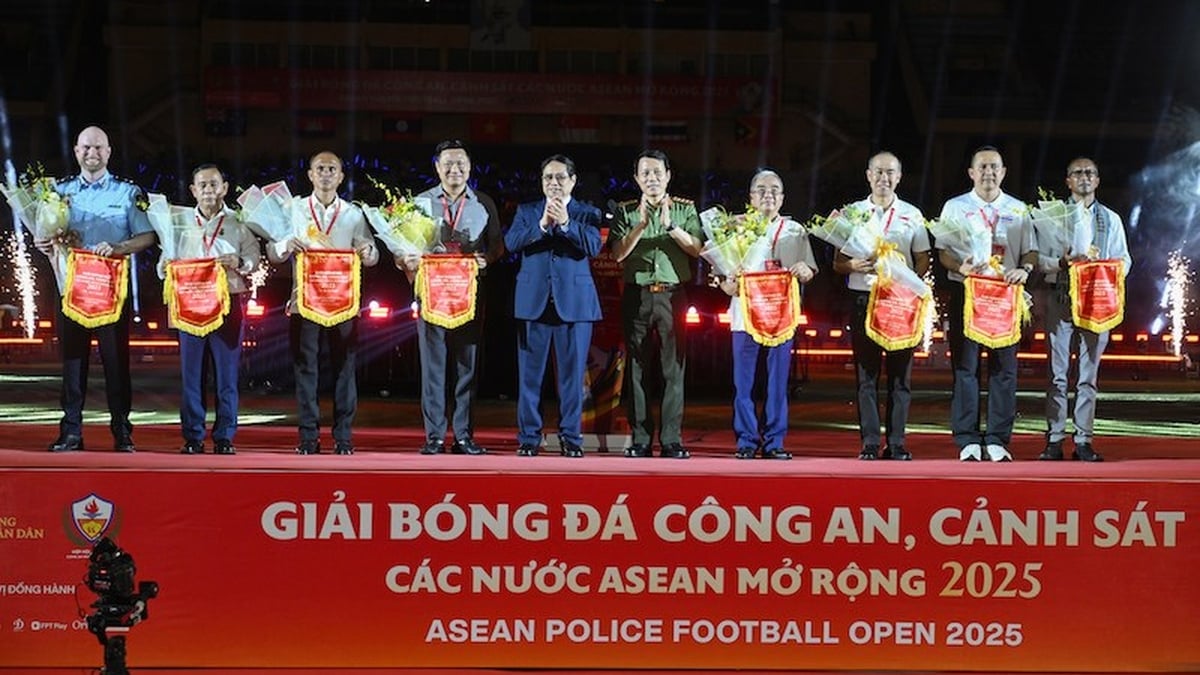
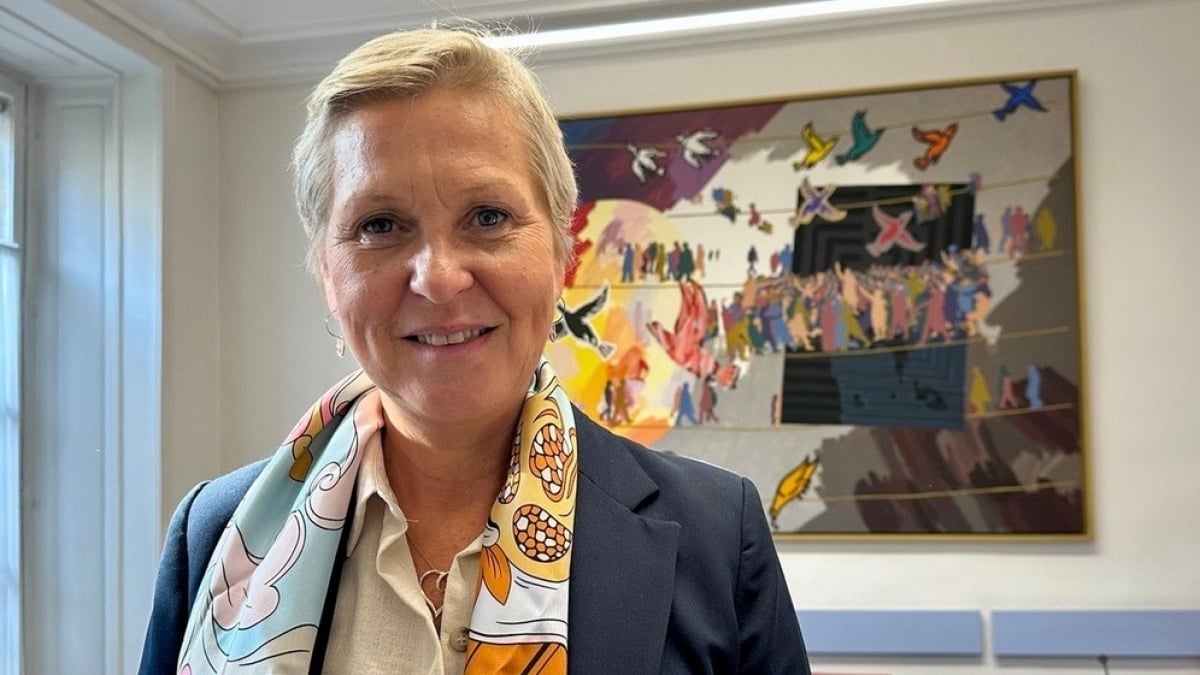
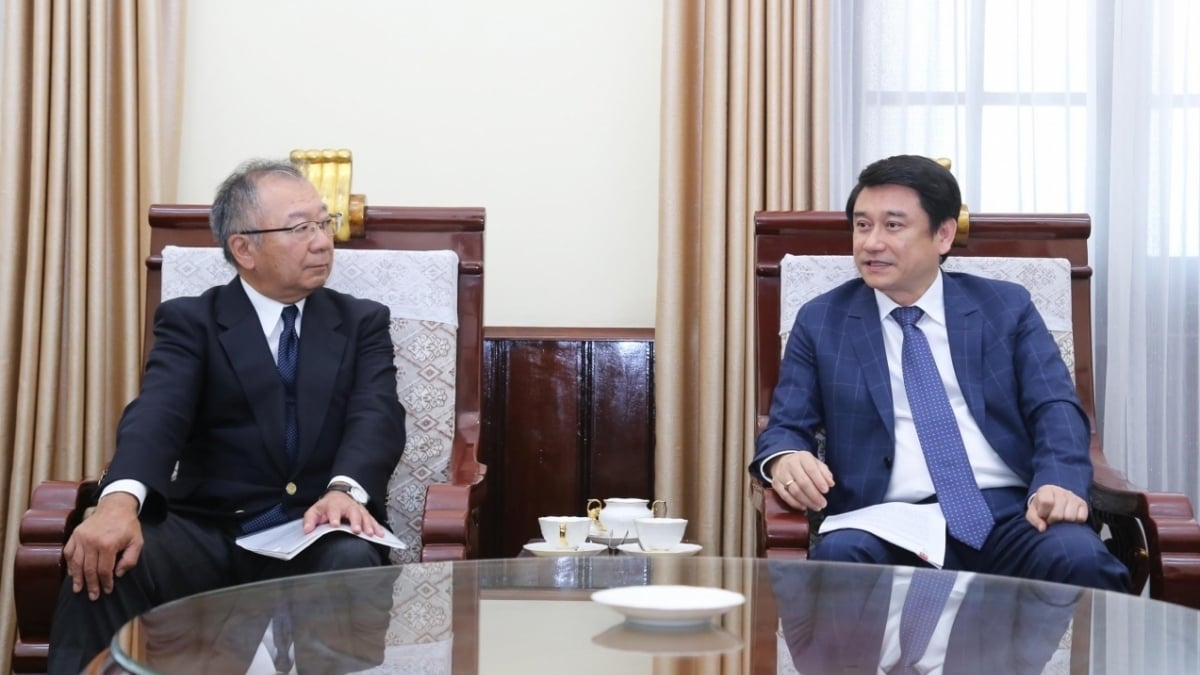
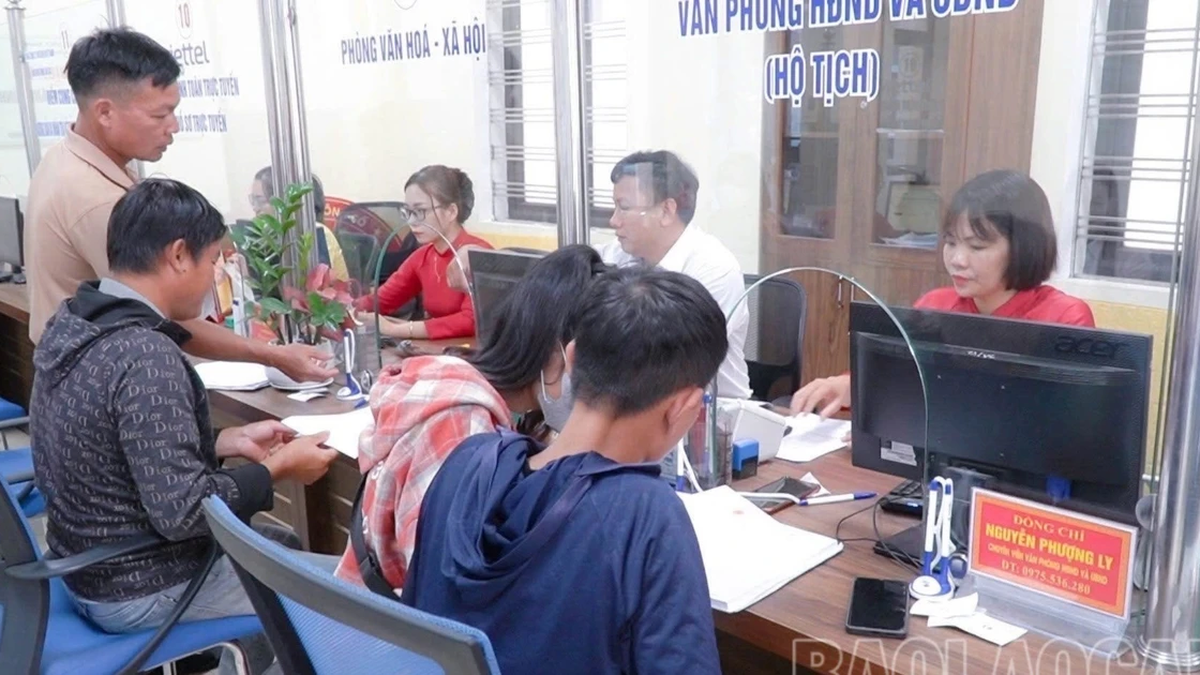



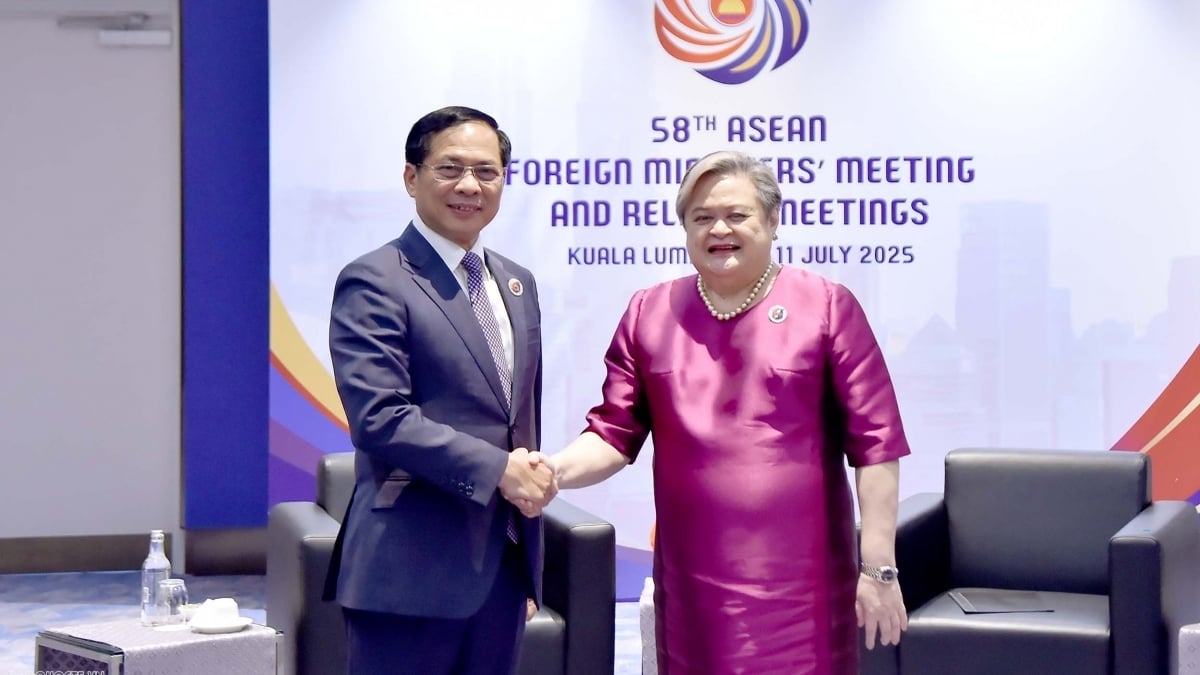











![[Photo] Gia Lai provincial leaders offer flowers at Uncle Ho's Monument with the ethnic groups of the Central Highlands](https://vphoto.vietnam.vn/thumb/1200x675/vietnam/resource/IMAGE/2025/7/9/196438801da24b3cb6158d0501984818)








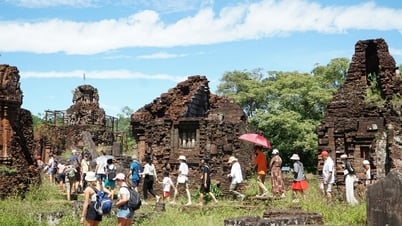

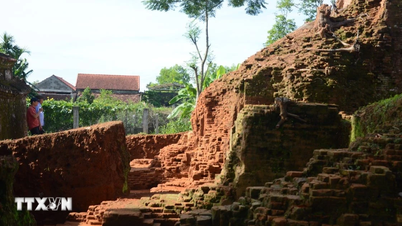
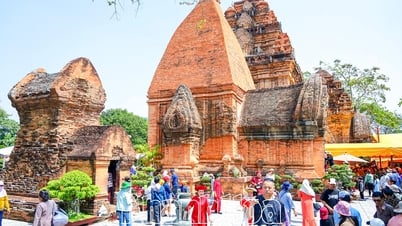

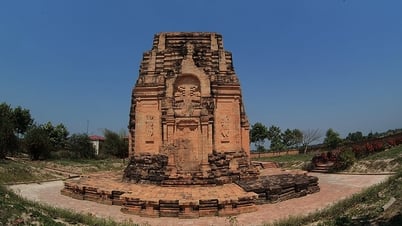







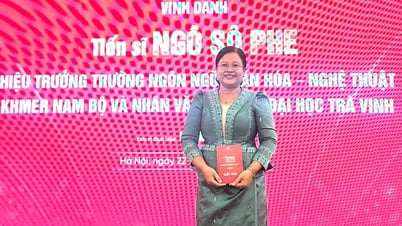









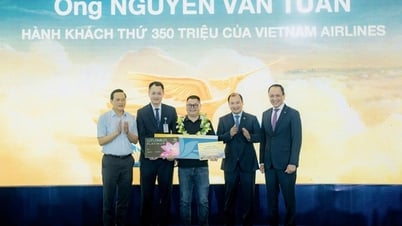







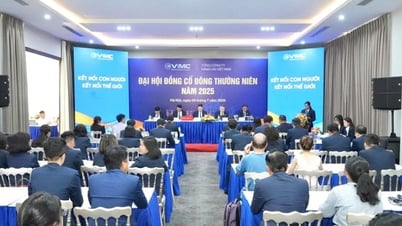

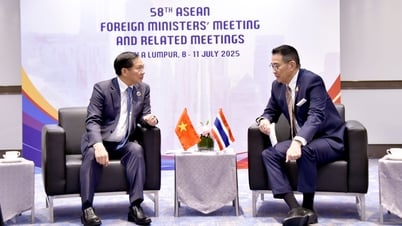

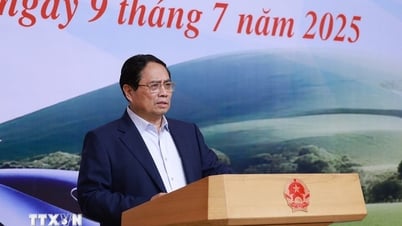
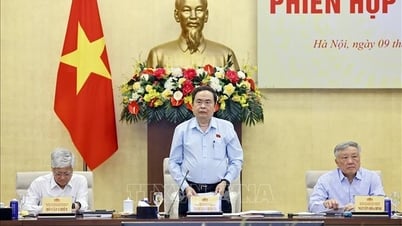
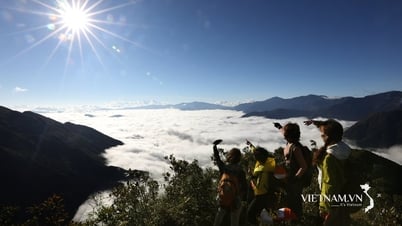


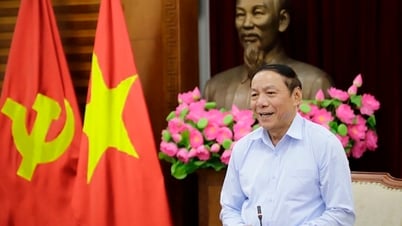
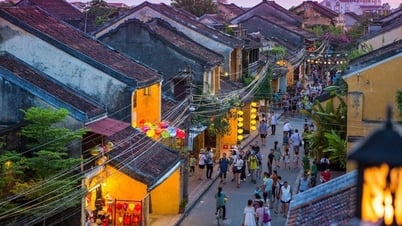
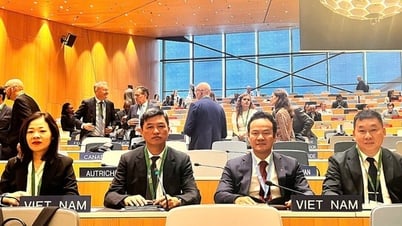




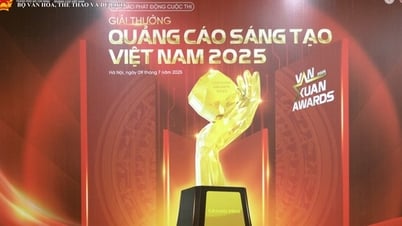












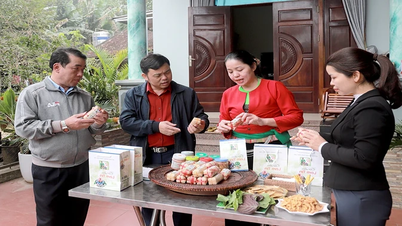





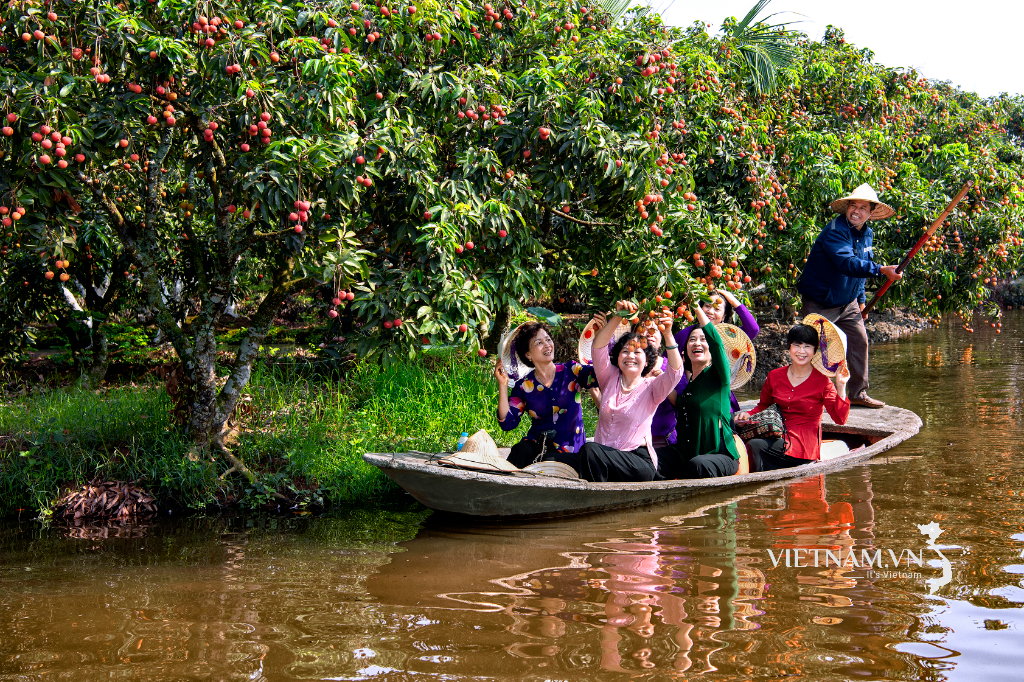
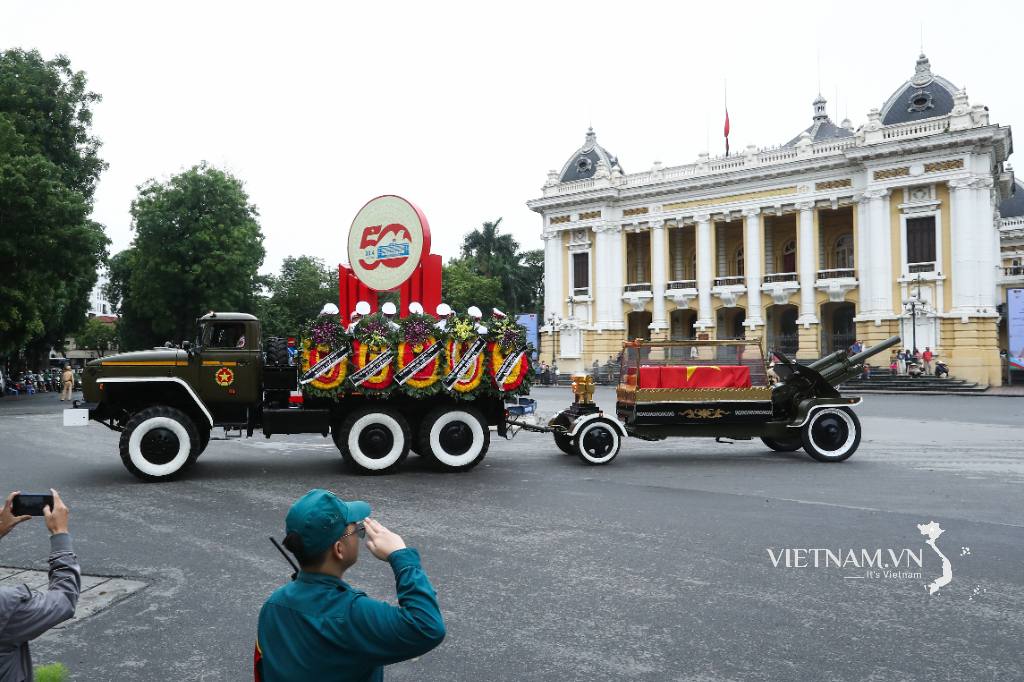
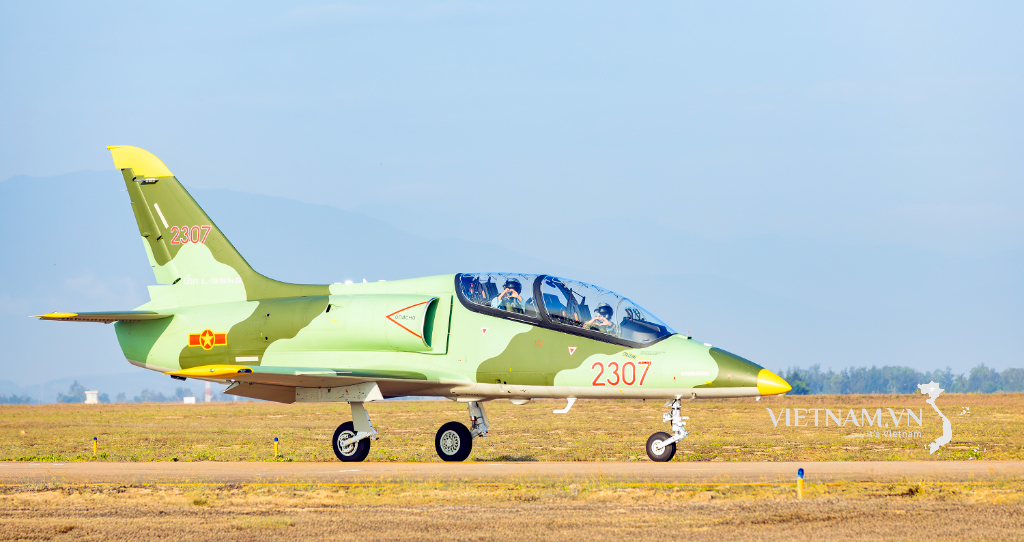
Comment (0)